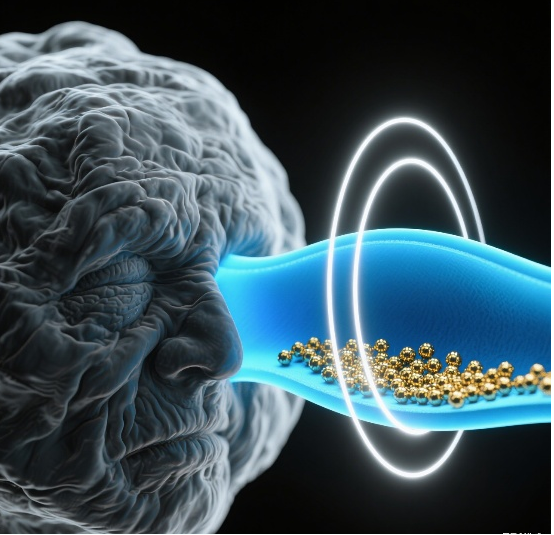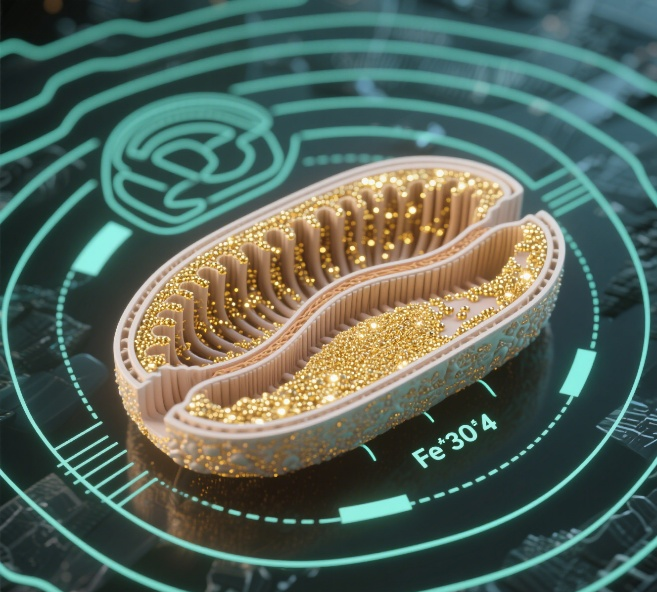Witness our
development together

Reversal of aging markers: Telomere attrition slowed by 76% · Inflammatory factors decreased by 89%
Significant responses observed in cross-tissue testing of skin/nerve/muscle cells
Joint research published on August 15, 2025, in "Nature" by the Salk Institute and the Swiss Federal Institute of Technology in Lausanne (EPFL) titled "Mitochondrial Transplantation Reverses Hallmarks of Aging in Human Cells." The corresponding author is Nobel laureate Dr. Johan Auwerx.
"We have demonstrated for the first time that delivering young mitochondria to aging cells can systematically reset the energy metabolism clock. This provides a new target for intervening in age-related diseases."-----Dr. Johan Auwerx (Professor at EPFL, co-corresponding author of the paper)
The joint team from the Salk Institute and the Swiss Federal Institute of Technology in Lausanne (EPFL) has published groundbreaking research in the journal "Nature": by using magnetic-guided mitochondrial transplantation technology, they have achieved systemic reversal of aging markers in human cells for the first time. In this study, healthy mitochondria from young donors were precisely delivered into aging cells of elderly participants using magnetic nanocarriers, successfully resetting the cell's energy metabolism clock.
The core breakthrough of the technology lies in the significant improvement in delivery efficiency. The research team modified the outer membrane of mitochondria to carry superparamagnetic nanoparticles, achieving a transplantation success rate exceeding 90% under an external magnetic field. Within 24 hours post-transplantation, the energy factories of aging cells were reactivated, and ATP synthesis levels approached those of youth.

The most significant reversal effects were observed in three major aging markers:
• Restoration of genomic stability: Telomere attrition rate significantly slowed down, and telomerase activity was notably activated.
• Epigenetic rejuvenation: Histone methylation patterns reverted to a youthful state.
• Quelling of the inflammation storm: Secretion of pro-inflammatory factors from aging cells decreased by nearly 90%.
At the functional level, aged fibroblasts regained active migration capabilities, and neuronal synapse regeneration efficiency increased by approximately two-fold. Particularly noteworthy is the indication of neural protection function restoration in astrocytes of Alzheimer's disease patients post-intervention.
However, the technology still faces challenges in clinical translation:
• The current in vivo delivery efficiency is below 20%, and the cost of a single treatment is as high as 12,000 euros. Research lead and Nobel laureate Johan Auwerx emphasized, "This provides proof of concept for delaying aging, but it will require over five years of safe tracking to assess its application potential.
Authoritative Source Link: